Uttarakhand’s Mysterious Trail: Rupin Supin Trek
Uttarakhand never ceases to fascinate high-altitude trekkers in their quest for new pathways. The villagers told me about the Rupin and Supin Valley trip the last time I visited Bali Pass and Maldaru Lake. The route is one of the least traveled in the Garhwal region. This climb is ideal for novices and is located in the northwest part of Uttarakhand.
The valley is so alluring that it leaves trekkers speechless due to the spectacular views, green meadows, perilous gorges, and Himalayan communities only accessible by expert trekkers. Beginners will travel through alpine forests and across mountains to reach the Rupin Supin Valley. The journey is similar to other well-known expeditions like Kedarkantha, Harkidoon, and many more.
Short Itinerary Rupin- Supin Trek
Day 1: Depart from Dehradun train station and travel to Khanyasni camp location (235 miles) (9/10 hours) (1878 meters).
Day 2: Trek from Khanyasni camp to Sarutal camp (05 kilometers) (3/4 hours) (2000 meters).
Day 3: Trek from Sarutal camp to Badang camp (08 km) (5/6 hours) (2600 meters) on day three.
Day 4: Trek from Badang camp to Pachi thatch (12 km) (6/7 Hours) (3000 Meter) through Vijay Top (3800 Meter).
Day 5: Trek from Pachi thatch camp to Fhitari village (7 km) (4/5 hours), then drive to Sankri (36 km) and spend the night in a hotel.
Day 6: Take a taxi from Sankri to Dehradun (210 kilometers).
Astounding Landscapes
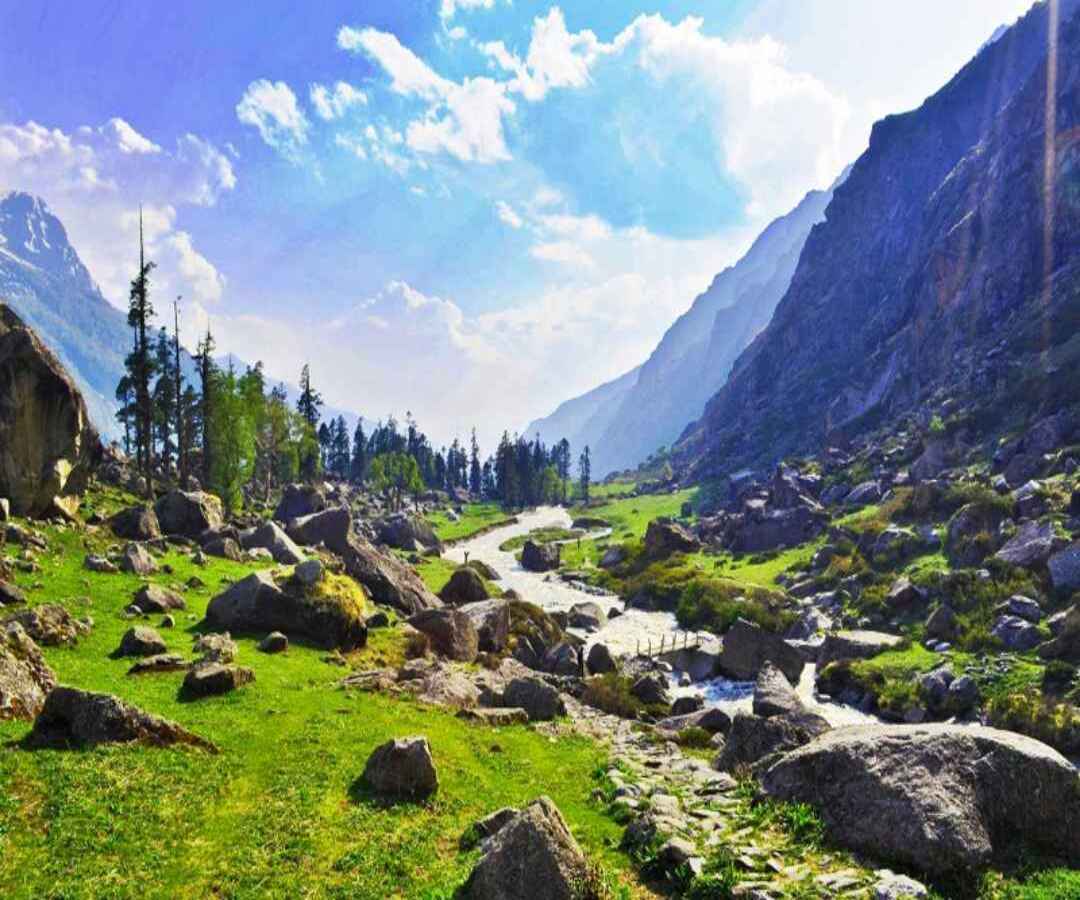
Because of the two valleys in one walk, the stunning views will take your breath away. There will be many surprises along the way as you begin the journey. Trekkers will be astounded by the bizarre sceneries that pass through two valleys in a single track over high mountains.
You will also be able to see the magnificent Kinnaur Kailash range. Discover the local culture of Bitari, Kasla, and Fhitari villages.
Walking through the beautiful meadows, enthralling hamlets, and snow-covered mountains will increase your adrenaline surge. This walk allows you to explore not only the natural beauty but also the unexplored communities.
Bhitri is the first settlement on the Rupin Supin Trek. This charming village is filled with numerous animal and bird species. This modest village is adorned with wooden houses, a shrine, and a cricket community.
The trek is best done between the first week of March to the last week of December. The trail gets difficult to walk in the winter. Dehradun is a popular destination for hikers. It serves as the starting point for all of the important treks.
So I took a shared taxi from Dehradun to Khanyansi base camp. Taxis, buses, and other modes of transportation are widely available. The drive is gorgeous, as you can see the lovely Garhwal mountain ranges cutting through the alpine forests of several communities.
You will also pass through the markets of Damta, Naingbagh, and Naugaon. I arrived at Sankri, took a lunch break, and then continued on to Khanyasi Camp, passing via Mori and the Naitwar checkpoint. Camping is exciting, especially in the Himalayas. It’s like something out of a fairytale: bone fire, trek buddies, music, stargazing, and hot beverages.
Vast Meadows and Grasslands
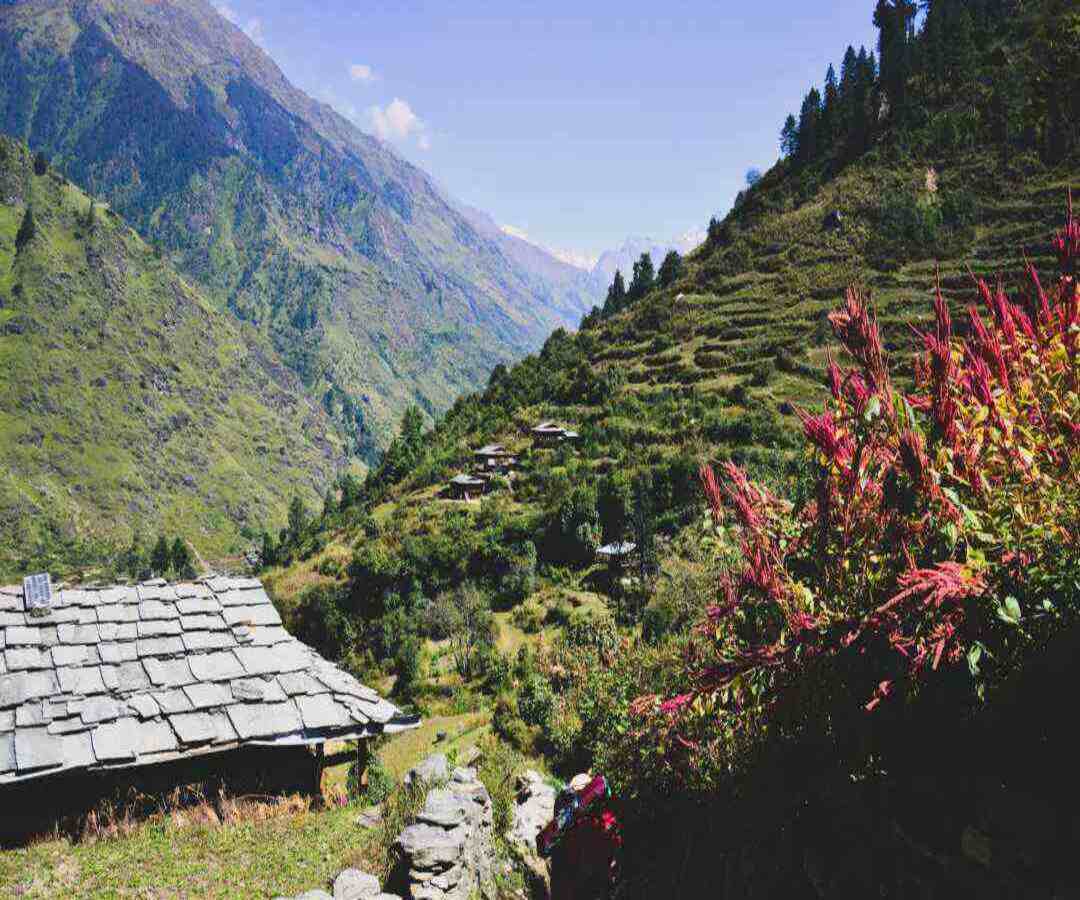
On the second day, after breakfast, we set out for the journey from Khanyasi Camp to Sarutal Camp. The trail leads to the River Rupin, which is located to the right of Pujali and Bitri hamlet. Bitri village is blessed with apple orchards and pastures at an elevation of 2000m.
The excitement will rush as you trek through the alpine forests, with views of the Himachal mountains and the Changsheel Valley from Bitri village. The principal crop in Bitri is red rice. We talked with the inhabitants to learn about their culture, and all of the trekkers were delighted to hear the folklore of this tiny town.
Sarutal features lovely meadows. The big day began on the second day, with breakfast; we began our walk from Khanyasi Camp to Sarutal Camp. The trail leads to Pujali and Bitri village via the River Rupin on the right. Bitri village is blessed with apple orchards and pastures at an elevation of 2000m.
The adrenaline will rush as you stroll through alpine forests and glimpse the Himachal mountains and Changsheel Valley from Bitri village. The principal crop in Bitri is red rice. I talked with the people to learn about their culture, and all of the trekkers were delighted to hear the folklore of this tiny town.
Sarutal has beautiful meadows. The beautiful hills are a sight to behold and an ideal setting for photographers. Camps will be set up up here. I went for a walk across the meadows, ate some food, and got ready for the next day.
Panoramic Himalayan Views
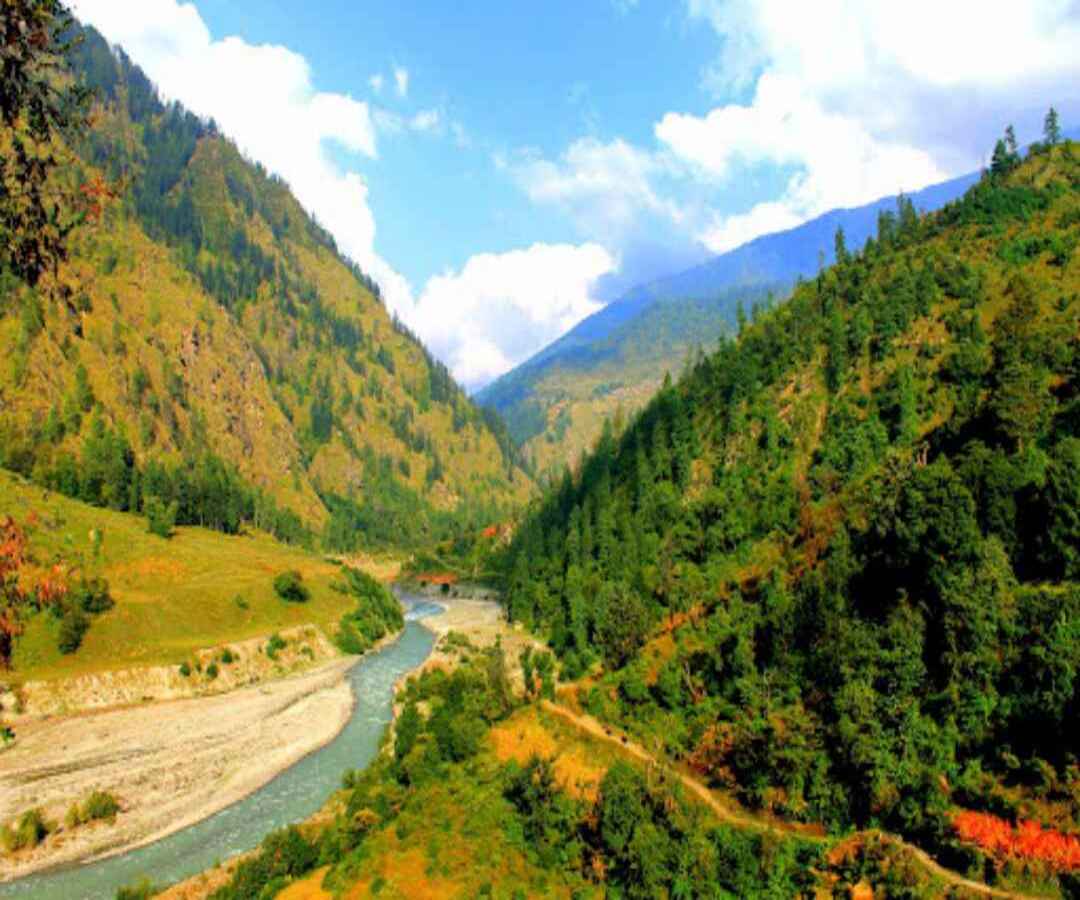
The third day was meant to be a thrilling walk from Sarutal to Badang Camp.
You will begin to get panoramic vistas of the mountains in both the Rupin and Supin valleys. After a few kilometers, there is a gentle incline after passing through deep woodlands and oak trees.
The views are breathtaking and mind-boggling. We kept looking north towards the Himachal highlands, with four peaks of Swargarohini lighting from the other side. The Rupin and Supin trail is an exquisite trail that awes hikers.
There will be various streams along the path; take your time, take a few rests, and after a few kilometers, you will reach many campgrounds. It is a lush meadow and an ideal location for camping. We played games and marveled at the landscapes after arriving at the camp.
The evenings were young, and I couldn’t stop stargazing. Every day is picture-perfect. The fourth day has arrived.
After breakfast, we were set to begin our journey from Ban=dang camp to Vijay Top and Panchi Thatch camp. Vijay summit is 3800 meters high and a difficult hike.
Despite the difficult trek, it was rewarding to see the amazing vistas of snow-covered mountains and stunning views of Vishkhopri, Obra Valley, and Khimloga Pass. There is a sharp slope towards the Pachi Thatch. The hike to Vijay top is the primary attraction, and I was greeted by limitless green grasslands, beautiful meadows, rolling valleys, deep forests, and dense flora.
The color of the flowers and the towering peaks on the route to the trail will brighten your day. The panoramic views from Vijay top are breathtaking, making the trip from the bottom to the top worthwhile.
We explored for a bit before deciding to camp. Today was the most daring day since we reached to the top and celebrated our success. The journey is almost over, with only one day remaining to cross the finish line.
On the last day, we meandered across the Pachi Thach to Fhitari Camp. Today’s course descends and traverses through the villages of Fhitari and Dhara before returning to the Sankri base camp. The locals worship Lord Someshwar at a large temple on the right bank of the Rupin River.
When you enter Supin Valley, the largest village is Jakhol. I got to know the local way of life, and it’s not simple to live in the highlands. We all said our goodbyes to the trekkers from Sankri and returned home.
Maybe one day, I will fly to the highest peak in the world
To know the uncharted routes.
I want to keep dreaming all day and night
To watch the endless starlight
. My never-ending journey will keep me alive.
To faith and beyond,
These mountains, hopes, and wishes get me revived.
1: When was the Rupin and Supin journey discovered?
A. Rupin and Supin Valley Trek is one of India’s least visited paths. It is an underappreciated hike in the Garhwal Himalayas. The shepherds walked this path.
Rupin and Supin first came to public attention in 2016-2017, when a group of trekkers began looking for new routes. For many explorers, it is still a virgin and unexplored track.
2: When is the optimum time to conduct the Rupin and Supin Valley trek?
A. The greatest months are April, May, June, September, and October till December. The trek becomes more difficult during the winter, thus suitable equipment is necessary. Such as nice trekking shoes, jeans, and coats.
3: How challenging is the Rupin and Supin Valley trek?
A. The trek is classified as easy to moderate. It is approached by both experienced and inexperienced hikers.
4: What will the average temperature be in Rupin and Supin Valley?
It’s not too cold during the day, but at night, you’ll need to layer up. Summer temperatures range from 20 degrees (highest) to 5 degrees (lowest). During the winter, temperatures can fall into the negatives.
5: How can I get to Sankri?
A. Sankri is easily accessible by shared cabs or buses from Dehradun/Haridwar/Rishikesh. Local transportation is readily available.


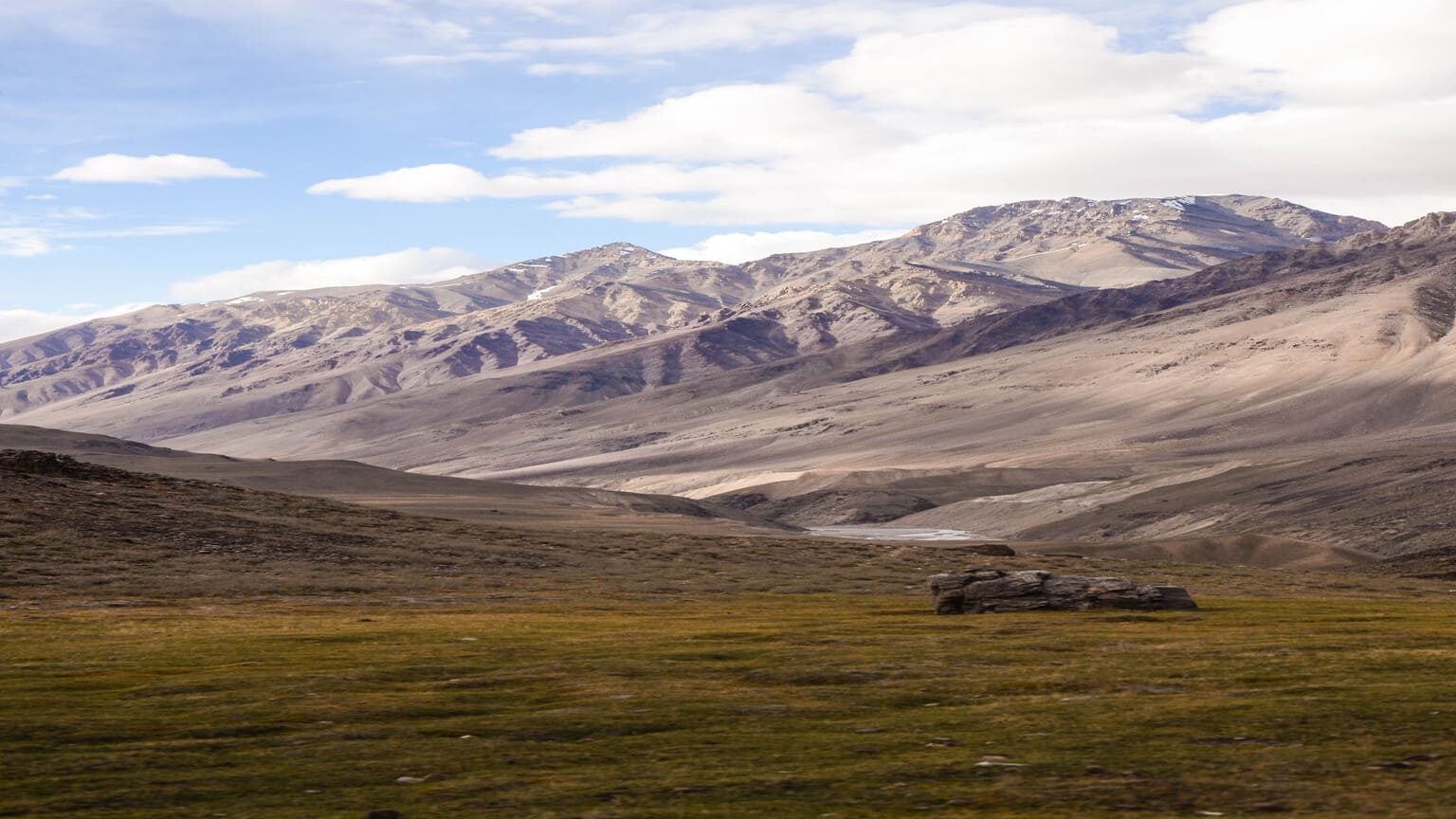
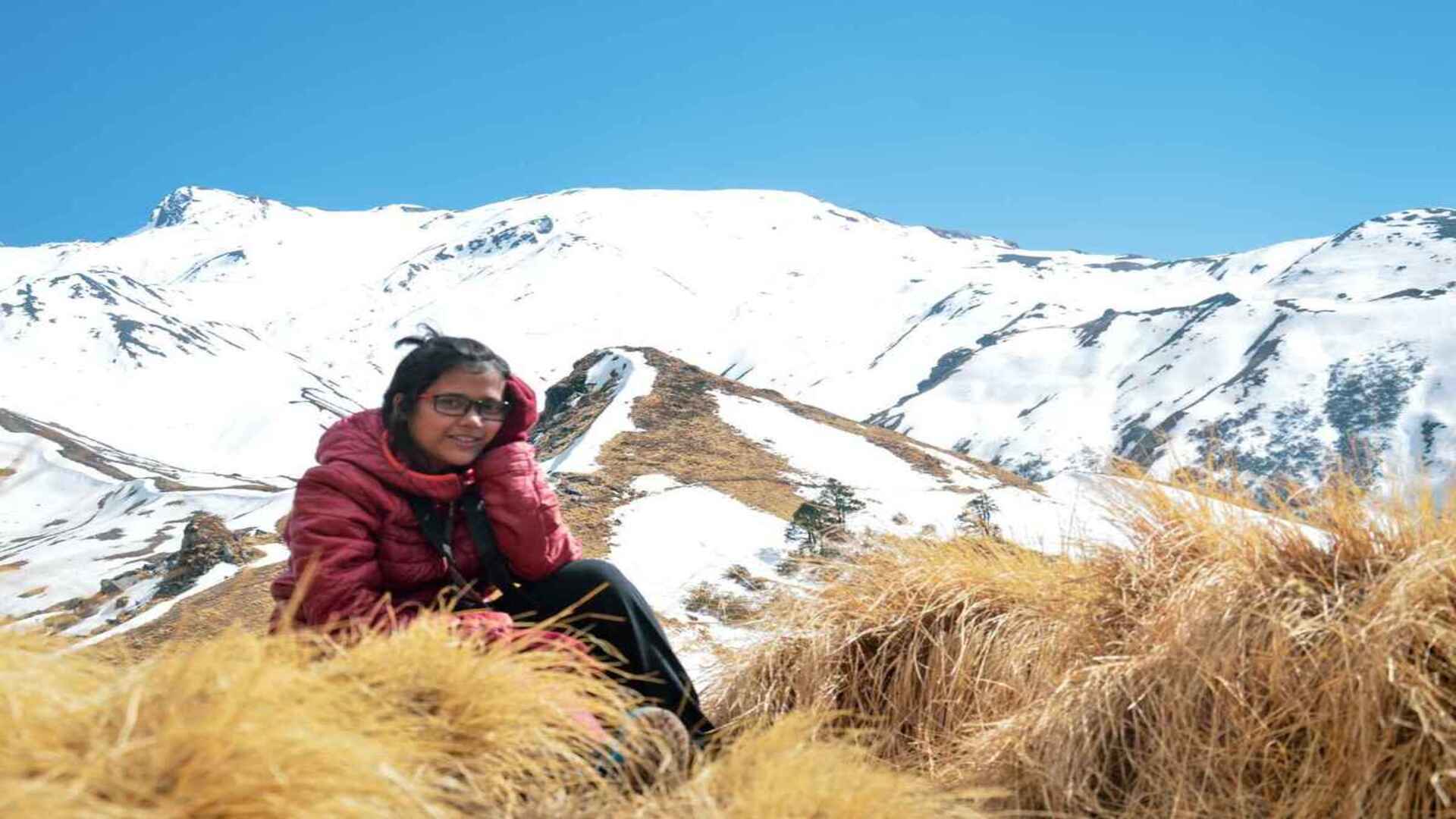
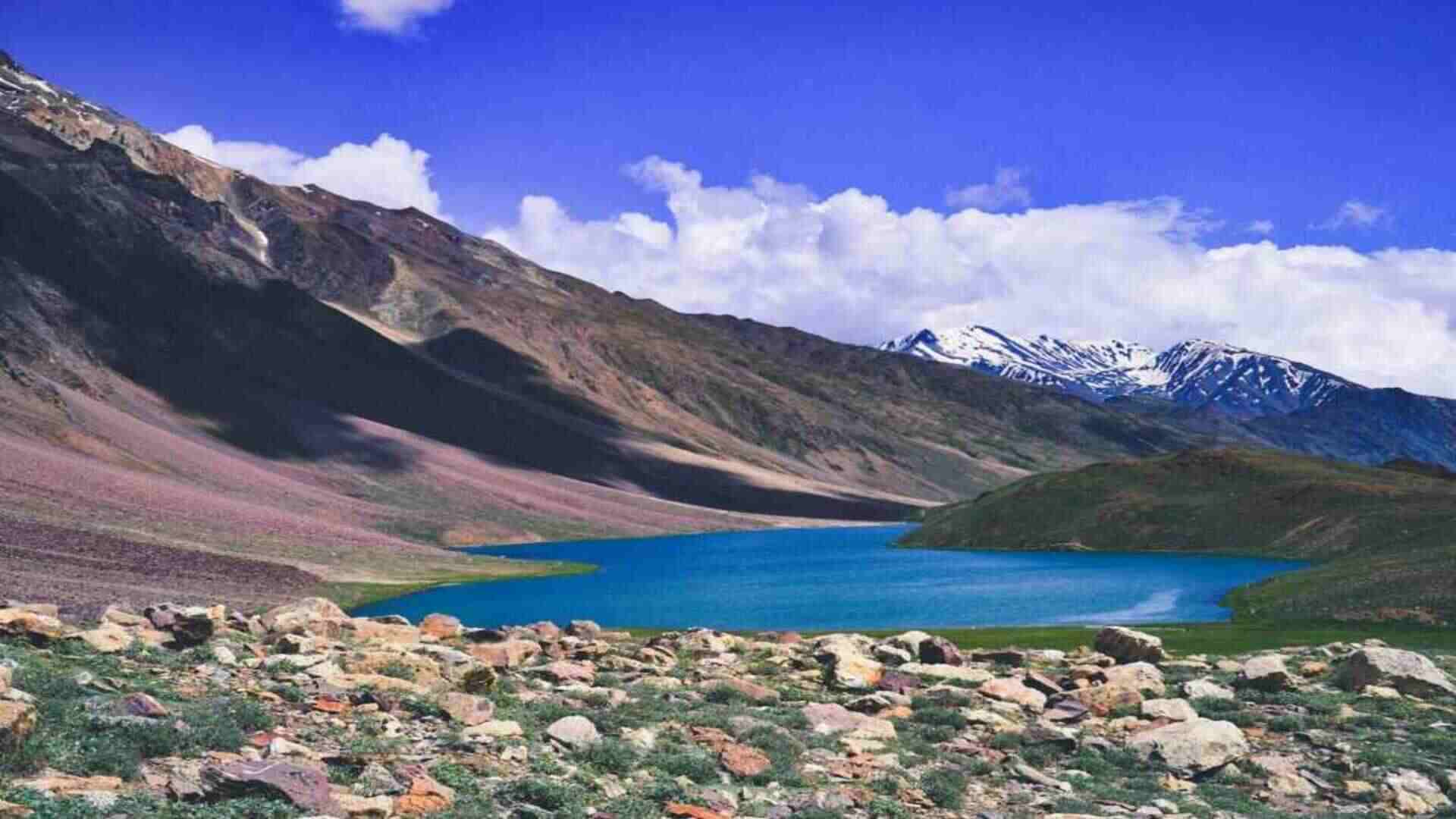

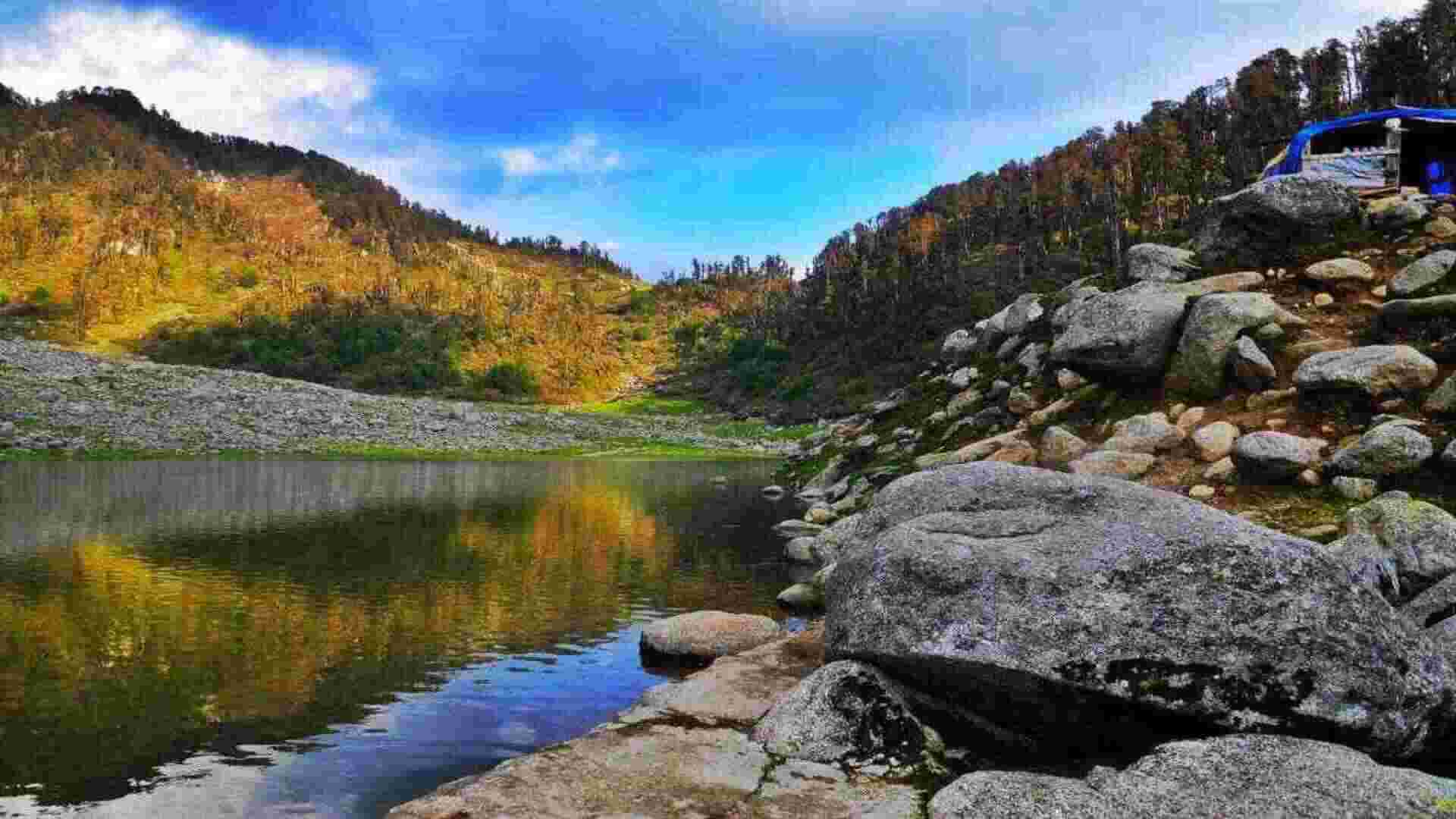
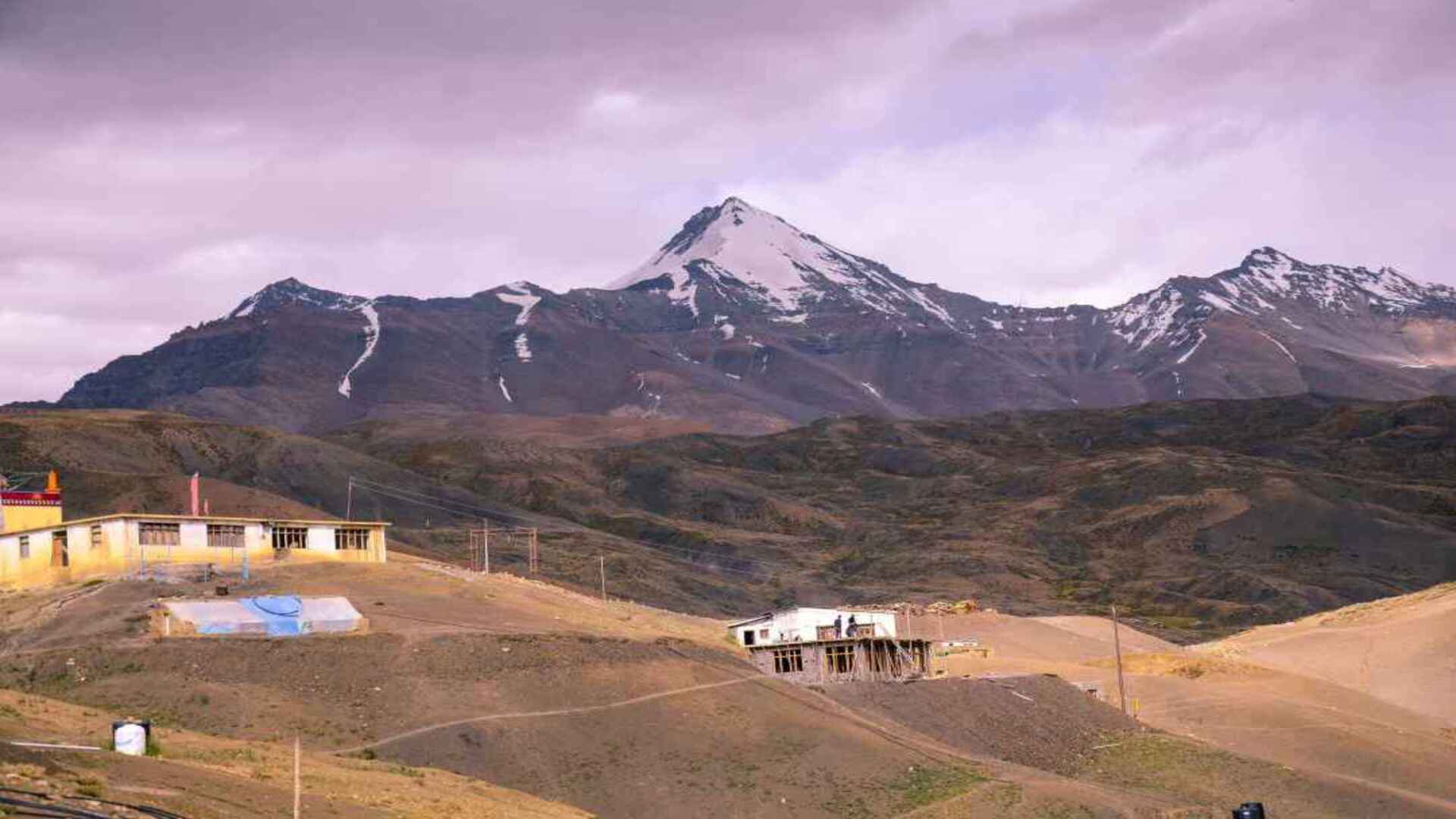
Im very pleased to find this site. I need to to thank you for ones time for this particularly fantastic read!! I definitely really liked every part of it and I have you bookmarked to see new information on your site.
Thank you very much 🙂
Excellent post. I was checking continuously this blog and I am
inspired! Extremely helpful information particularly the final part
🙂 I take care of such info a lot. I was seeking this certain info
for a very lengthy time. Thanks and good luck.
Thank you very much 🙂 I will definitely make sure that I work on longer blogs!